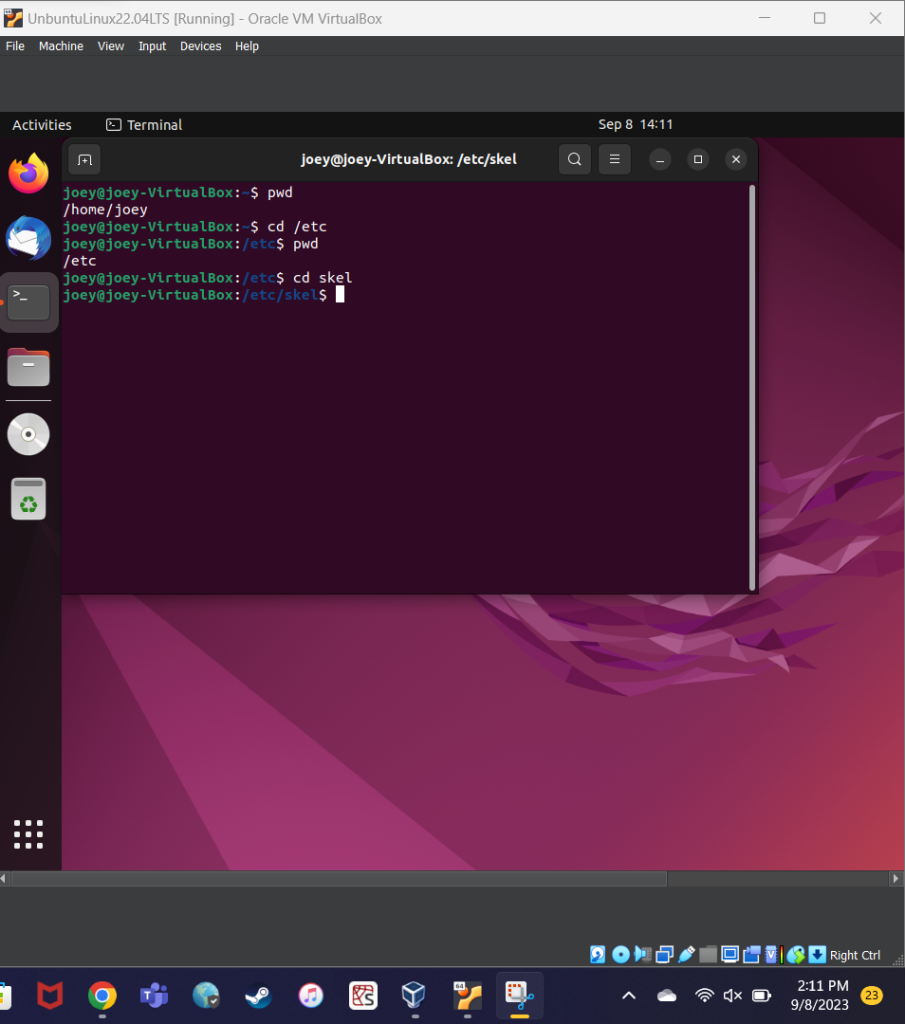This comprehensive course provides students with a foundational understanding of Linux operating systems within the context of cybersecurity. Delving into major Linux distributions, including but not limited to Ubuntu, Debian, Fedora, CentOS, and Kali Linux, students gain exposure to diverse environments crucial for security practitioners. The curriculum seamlessly integrates both graphical and command-line interfaces, ensuring a holistic learning experience.
The course begins with fundamental operations, covering essential tasks such as file management, process control, and system administration. Students are equipped with the skills needed to navigate Linux environments through graphical user interfaces (GUIs), such as GNOME or KDE, as well as mastering the command-line interface (CLI) for efficient and precise control.
Installation and configuration processes form a core component of the course, guiding students through the setup of Linux systems and emphasizing security best practices. The curriculum extends to file systems management, where students learn to navigate and manipulate file structures, addressing critical aspects like mounting drives, disk formatting, and permissions.
Furthermore, the course explores the realm of shell scripting, empowering students with automation capabilities. Through hands-on exercises, learners develop proficiency in creating scripts for improved efficiency and streamlined cybersecurity operations. User authentication, another vital facet of Linux security, is thoroughly covered. Students gain insights into user management, authentication mechanisms, and the implementation of security protocols, including Pluggable Authentication Modules (PAM).
Examples of work
